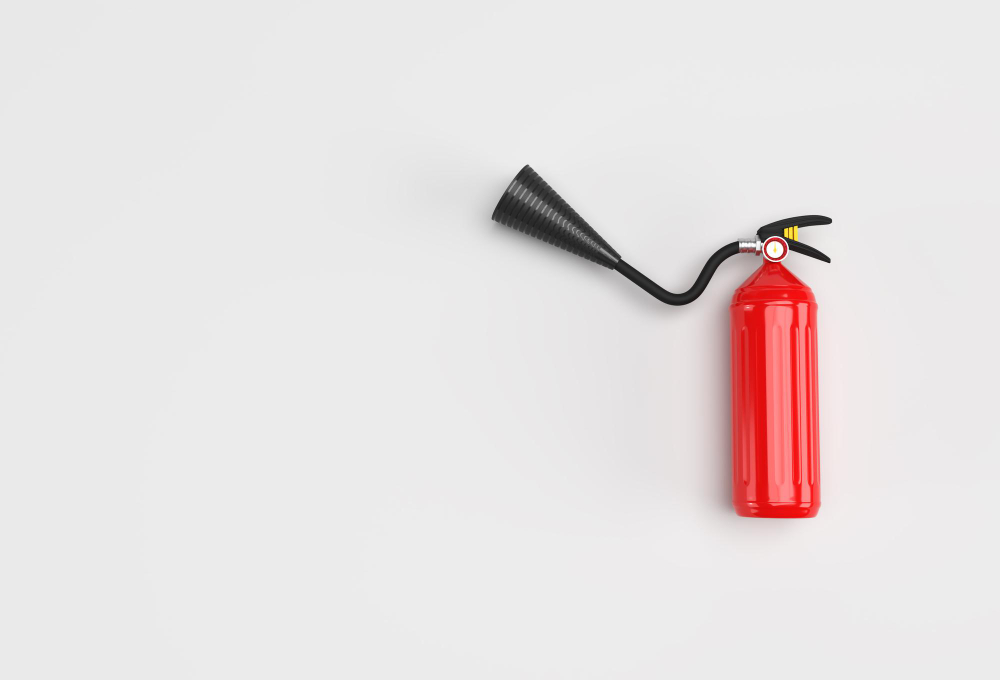Carpet installation is a significant investment for any Brooklyn homeowner or business owner. When done correctly, a quality carpet can last for many years, providing comfort, insulation, and aesthetic appeal. However, ensuring a long-lasting carpet installation requires careful planning, proper techniques, and ongoing maintenance. This comprehensive guide will explore the best ways to achieve a durable carpet installation brooklyn ny, from selecting the right materials to caring for your new flooring.
Choosing the Right Carpet for Brooklyn’s Climate
Brooklyn’s climate, characterized by hot summers and cold winters, can impact carpet performance and longevity. When selecting a carpet, consider:
- Humidity resistance: Opt for synthetic fibers like nylon or polyester, which are less prone to mold and mildew growth in humid conditions.
- Durability: Choose carpets with a higher face weight and density rating to withstand heavy foot traffic and frequent cleaning.
- Stain resistance: Look for carpets treated with stain-resistant coatings to protect against spills and dirt accumulation.
- Color and pattern: Darker colors and patterns can help hide dirt and stains, which is particularly useful in a busy urban environment like Brooklyn.
By selecting a carpet that can withstand Brooklyn’s climate and urban lifestyle, you’ll set the foundation for a long-lasting installation.
Preparing the Subfloor for Installation
A properly prepared subfloor is crucial for a durable carpet installation. Follow these steps:
- Inspect the subfloor for damage, unevenness, or moisture issues.
- Repair any cracks or holes in concrete subfloors.
- Ensure wood subfloors are stable and free from squeaks or movement.
- Level the subfloor using a self-leveling compound if necessary.
- Clean the subfloor thoroughly to remove dust, debris, and any old adhesive residue.
- Conduct a moisture test to ensure the subfloor is dry enough for carpet installation.
Taking the time to prepare the subfloor will prevent future issues such as wrinkles, bubbles, or premature wear of the carpet.
Choosing the Right Underlay
The underlay, or carpet padding, plays a crucial role in the comfort, insulation, and longevity of your carpet. Consider these factors when selecting an underlay:
- Thickness: Choose a thickness appropriate for your carpet type and intended use.
- Density: Higher density underlay provides better support and durability.
- Material: Options include foam, rubber, or fiber, each with its own benefits.
- Moisture barrier: In Brooklyn’s varying climate, a moisture barrier can protect against spills and humidity.
A quality underlay will enhance the carpet’s performance, provide additional insulation, and extend its lifespan.
Professional Installation vs. DIY
While DIY carpet installation may seem cost-effective, professional installation often yields better long-term results. Benefits of professional installation include:
- Expertise in handling different carpet types and subfloor conditions.
- Access to specialized tools and equipment for proper stretching and seaming.
- Knowledge of local building codes and installation standards.
- Warranty protection, as many manufacturers require professional installation to maintain warranty coverage.
If you choose to install the carpet yourself, thoroughly research proper techniques and invest in quality tools to ensure the best possible outcome.
Proper Stretching and Seaming Techniques
Correct stretching and seaming are essential for a smooth, long-lasting carpet installation. Key points include:
- Use a power stretcher to eliminate wrinkles and ensure proper tension.
- Stretch the carpet in multiple directions to achieve uniform tension.
- Create strong, invisible seams using appropriate seaming tape and a seaming iron.
- Trim excess carpet carefully along walls and around obstacles.
Proper stretching prevents wrinkles and bubbles from forming over time, while well-executed seams ensure a seamless appearance and prevent edges from fraying or separating.
Addressing Brooklyn’s Unique Installation Challenges
Installing carpet in Brooklyn presents unique challenges due to the city’s diverse architecture and living spaces. Consider these factors:
- High-rise apartments: Coordinate with building management for elevator access and noise restrictions.
- Narrow staircases: Choose appropriate carpet widths and plan for precise cutting and fitting.
- Historic buildings: Be prepared to work around architectural features and uneven surfaces.
- Small spaces: Optimize room layouts to minimize seams and maximize carpet longevity.
By anticipating and addressing these challenges, you can ensure a smoother installation process and better long-term results.
Protecting Your New Carpet During and After Installation
To maintain the quality of your newly installed carpet, take these precautions:
- Keep foot traffic to a minimum for at least 24 hours after installation.
- Wait at least 24 hours before moving furniture back onto the carpet.
- Use furniture pads to distribute weight and prevent indentations.
- Place doormats at entrances to reduce dirt and moisture tracked onto the carpet.
- Consider using area rugs in high-traffic zones to protect the main carpet.
These steps will help preserve the appearance and structure of your new carpet during its most vulnerable period immediately after installation.
Establishing a Regular Maintenance Routine
A consistent maintenance routine is crucial for extending the life of your carpet. Implement the following practices:
- Vacuum regularly, at least twice a week in high-traffic areas.
- Address spills and stains immediately using appropriate cleaning methods.
- Schedule professional deep cleaning every 12-18 months, or more frequently in high-traffic areas.
- Use a carpet rake or brush periodically to lift pile and prevent matting.
- Rotate furniture occasionally to prevent permanent indentations and uneven wear.
By establishing and following a regular maintenance routine, you can significantly extend the life of your carpet and maintain its appearance over time.
When to Consider Repair or Replacement
Even with proper installation and maintenance, carpets eventually show signs of wear. Be aware of these indicators that your carpet may need repair or replacement:
- Visible wear patterns or bare spots in high-traffic areas.
- Persistent odors that professional cleaning cannot eliminate.
- Stains that cannot be removed or have caused permanent discoloration.
- Wrinkles, bubbles, or separation at seams that cannot be corrected.
- Allergies or respiratory issues that may be linked to old carpet harboring allergens.
Addressing these issues promptly can help extend the life of your carpet or guide you in making the decision to replace it when necessary.
conclusion
In conclusion, ensuring a long-lasting carpet installation in Brooklyn requires careful planning, quality materials, proper installation techniques, and ongoing maintenance. By following these best practices, you can enjoy a beautiful, comfortable, and durable carpet for many years to come. Remember that investing in quality materials and professional installation often pays off in the long run, providing you with a carpet that withstands the test of time in your Brooklyn home or business.




